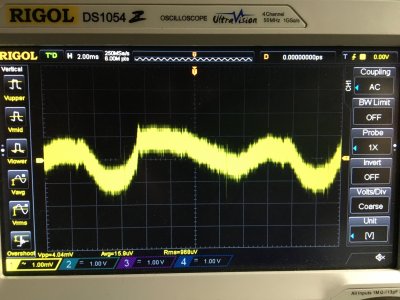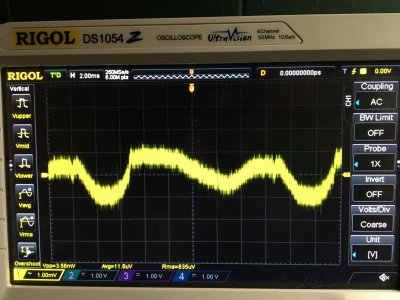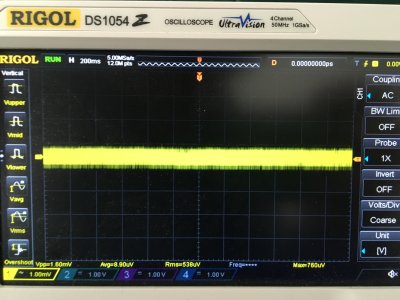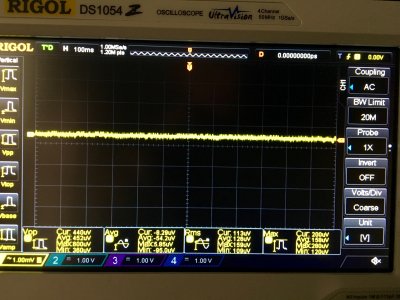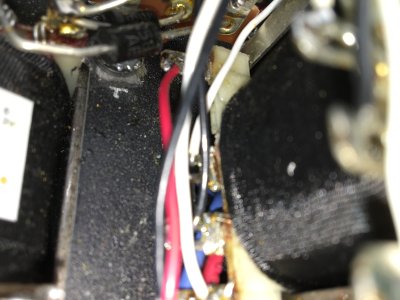@Doc
The meter leads have been twisted since the first time you mentioned it.
@PB
What points on the transformer would you like me to measure? What would be the ideal setup on the scope to take these measurements? How many V/Div would you like me to setup for? I'll take the measurements after work today.
@Grainger
The big reduction of the measurement came from a ground that I missed. Even though the measurement was reduced, it seems that the hum was barely reduced if any. I have my soldering iron (that wasn't powered on), and my oscope, both plugged into a rotel rlc900 line conditioner. I can unplug everything and go straight to the wall if need be. When I first experienced the hum, I tried multiple outlets in my house, in two different line conditioners, I've also tried plugging into an isolation transformer, the hum was present no matter what.
The meter leads have been twisted since the first time you mentioned it.
@PB
What points on the transformer would you like me to measure? What would be the ideal setup on the scope to take these measurements? How many V/Div would you like me to setup for? I'll take the measurements after work today.
@Grainger
The big reduction of the measurement came from a ground that I missed. Even though the measurement was reduced, it seems that the hum was barely reduced if any. I have my soldering iron (that wasn't powered on), and my oscope, both plugged into a rotel rlc900 line conditioner. I can unplug everything and go straight to the wall if need be. When I first experienced the hum, I tried multiple outlets in my house, in two different line conditioners, I've also tried plugging into an isolation transformer, the hum was present no matter what.


